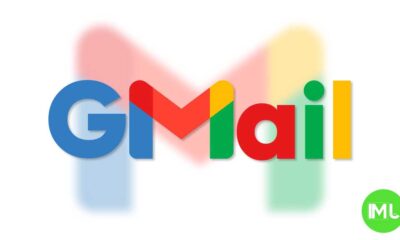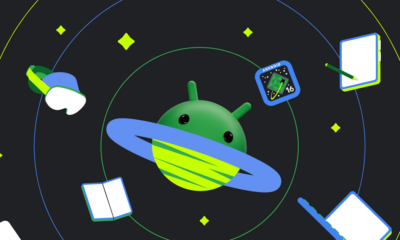Streamlining Your Digital To-Do List: Upcoming enhancements to Google Tasks
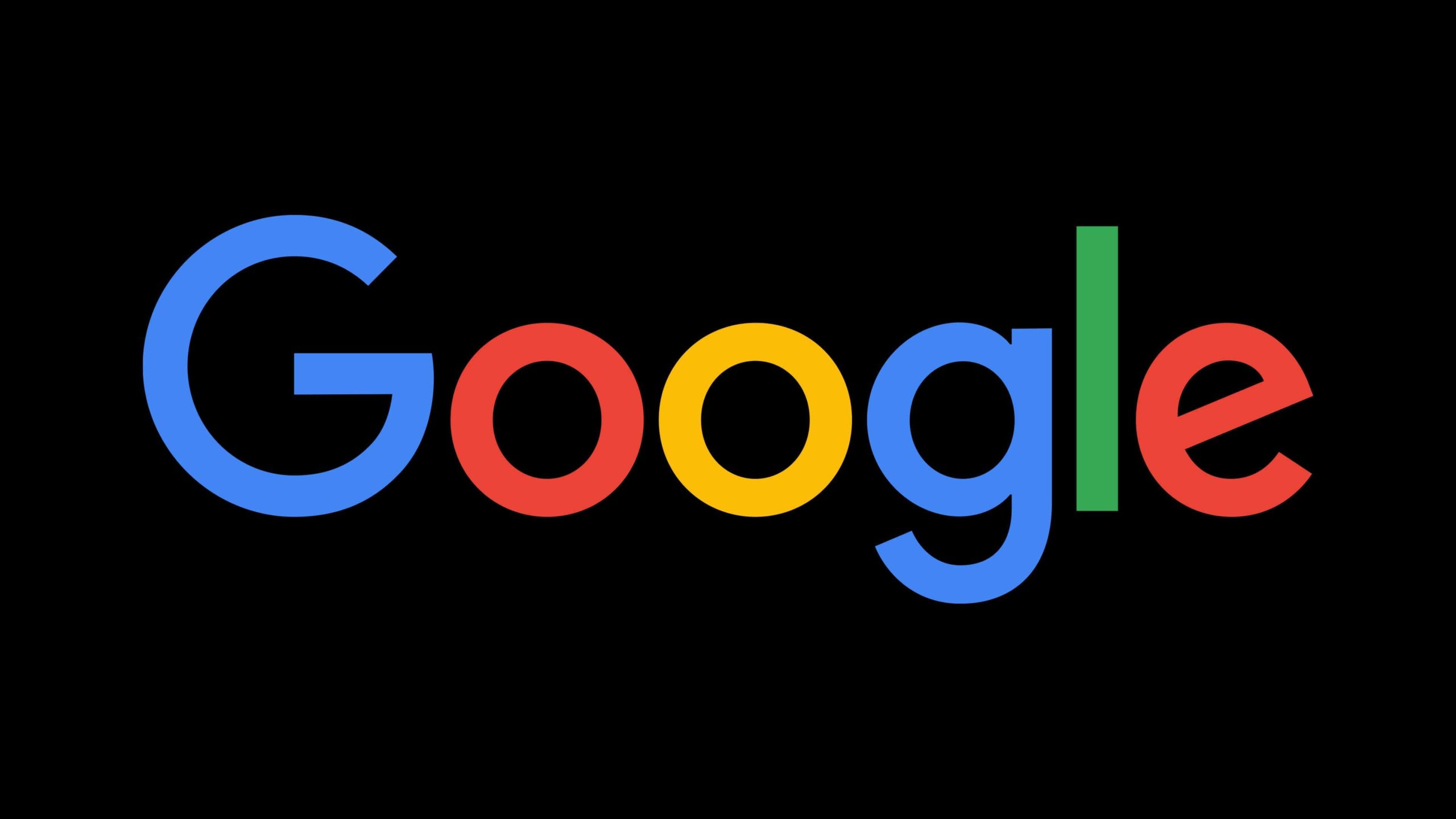
Managing tasks effectively is crucial in today’s fast-paced world. For many, Google Tasks is a go-to solution for organizing their daily and long-term goals. Now, it appears Google is preparing to roll out some significant improvements to this handy tool, making it even more user-friendly and efficient.
Recent explorations into the Google Tasks app have revealed several exciting changes on the horizon. One of the most anticipated updates is the addition of completion dates for tasks. Imagine being able to see at a glance exactly when you ticked off each item on your list. This feature will provide a clear record of your accomplishments and offer valuable insights into your productivity patterns. These dates will appear conveniently beneath the task name in the completed section, both within the main list view and when viewing the details of an individual task.
Beyond individual task tracking, Google is also enhancing list management within the app. Users will soon be able to see the total number of tasks contained within each list, displayed neatly next to the list’s name. This provides a quick overview of the scope of each project or category.
Navigating through your tasks will also become smoother with the introduction of new navigation elements. Circular arrows will appear to the right of each list, providing a direct shortcut to the task page. This streamlined navigation will save time and clicks, making it easier to jump between different projects.
Finally, for those who prefer a structured approach to task organization, Google is introducing a new sorting option. In addition to existing sorting methods, users will soon be able to sort their tasks alphabetically by title. This simple yet effective feature will be a boon for those managing large numbers of tasks and seeking a quick way to locate specific items.
These upcoming changes to Google Tasks promise to enhance the user experience significantly, providing more detailed tracking, easier navigation, and improved organization. It signals Google’s continued commitment to providing practical and efficient tools for managing our increasingly complex lives.
Eliminating the Fumble: Google Addresses Pixel Buds Pro 2 Case Alignment
The experience of using wireless earbuds is often one of seamless convenience, until you encounter the minor annoyance of trying to correctly place them back in their charging case. For Pixel Buds Pro 2 users, this small frustration might soon be a thing of the past. Google is reportedly developing a solution to prevent the common issue of misaligning the earbuds within their case.
Many users have experienced the minor frustration of placing their earbuds into the charging case only to find they weren’t properly seated, leading to incomplete charging. This can be particularly annoying when you expect to grab fully charged earbuds, only to discover they’re still depleted.
With the Pixel Buds Pro 2, Google introduced a unique feature: a speaker built into the charging case itself. This allows users to utilize the “Find My Device” feature to locate not only individual earbuds but also the entire case. This feature has proven invaluable for preventing loss and misplacement.
Building upon this innovative approach, Google is now exploring the possibility of adding an audio cue to indicate proper docking of the earbuds. This new feature would provide an audible confirmation when the earbuds are correctly placed within the case, eliminating any guesswork and ensuring proper charging.
This potential update was uncovered by examining the code within a recent version of the Pixel Buds app. The code suggests that this new audio alert will be accompanied by a toggle within the “Case Sounds” settings, allowing users to enable or disable the feature according to their preferences.
While this feature is not yet live, the presence of the code strongly suggests that Google is actively working on implementing this helpful addition. This small but significant improvement reflects Google’s dedication to refining the user experience and addressing even minor inconveniences. By providing clear audio feedback, Google aims to eliminate the frustration of misaligned earbuds and ensure a consistently positive user experience with the Pixel Buds Pro 2.
Gmail and Google Photos get new design and useful updates
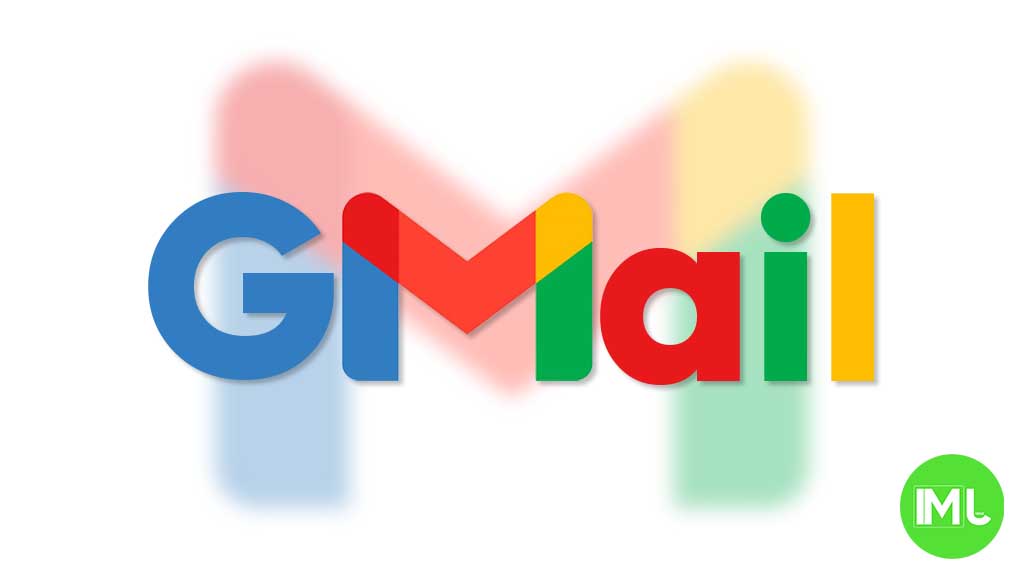
Google is giving Gmail and Google Photos some fresh updates to make things easier and more user-friendly.
First, Gmail on the web is now getting a new layout option. You can choose between “Cozy,” “Comfortable,” or “Compact” views based on how much space you want between your emails. Google is also adding a setting to control whether your inbox and labels stay on screen or only show up when needed. These changes make it easier to personalize how Gmail looks and feels.
Meanwhile, Gmail for iPhone is getting a visual upgrade. The app now uses Google’s updated design style called “Material 3.” You’ll notice a cleaner look with a rounded search bar at the top, smoother icons, and better spacing. Although the bottom bar and buttons look mostly the same, the overall design feels more modern and easier on the eyes.
Lastly, Google Photos is bringing back a helpful feature. The classic search shortcut that appears in the bottom bar is returning, making it quicker to find your photos. Before this, the shortcut had been removed when Google added the new “Memories” tab. Now, both features work together, letting you browse memories and search with ease.
These updates aim to make Google’s apps feel more useful, clean, and easier to use on both desktop and mobile.
Android
Android 16 boosts USB data safety and fixes delayed notifications on Pixel phones
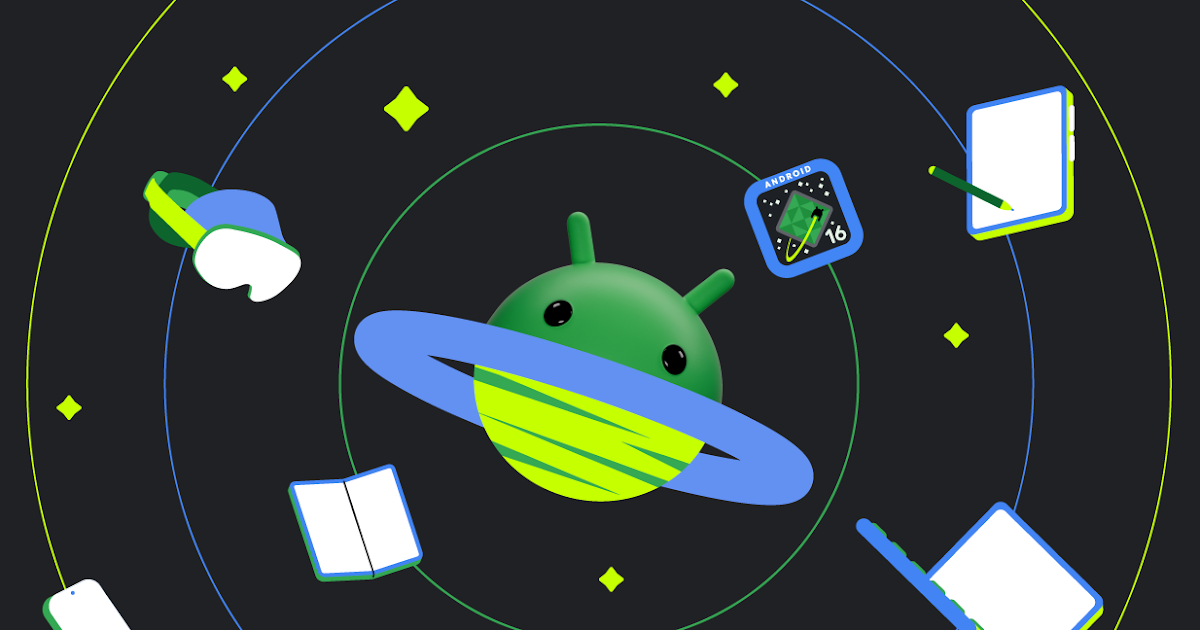
Google’s upcoming Android 16 update is bringing better security and some helpful improvements, especially for Pixel phone users. One of the main features in Android 16 is a new way to protect your phone’s data when it’s connected to a computer through USB. Right now, when you plug your phone into a PC or laptop, it can access all your data as long as you approve it.
With Android 16, Google is adding an extra security layer that only allows limited access unless you enter your PIN, password, or use your fingerprint. This will help protect your files if someone tries to access your phone without permission.
At the same time, Google is also working on a fix for a frustrating issue that some Pixel users have been facing for months — delayed notifications. After the April 2024 update, many users noticed that app alerts were not showing up on time, especially from messaging apps. Google has confirmed the problem and says a fix will be included in a future update, though it’s not in the current April patch yet.
Together, these changes show that Google is focusing on both stronger privacy and a smoother experience for Android and Pixel users. Android 16 is expected to roll out later this year, starting with developer previews.
Android
Google improves Translate, Assistant, TV, and Chrome with new updates

Google is bringing several updates across its apps to make them more useful and easier to use. Google Translate is working on a new feature called “Practice.” It helps users improve their language skills by offering short exercises, like matching words or filling in blanks. Right now, it looks like it will focus on Spanish, but other languages may come later. This tool could be great for people who want to go beyond just translating words and learn the language.
Google Assistant’s Driving Mode in Google Maps is starting to shut down. Many users are noticing that the card-style dashboard is disappearing, and the Assistant voice command shortcut no longer works. Google hasn’t officially said why, but it seems they’re moving away from this feature, possibly to focus on other tools or experiences in Maps.
Google TV’s Freeplay app is now back with a fresh look. It gives users free access to over 100 live TV channels. The redesign makes it easier to browse channels and see what’s playing. The new layout also highlights what’s currently on, making it faster to start watching without having to dig through menus.
Lastly, Google Chrome is testing a new built-in PDF viewer. This upgraded tool makes reading and editing PDFs easier right inside the browser. It includes better zoom controls, a cleaner layout, and a page list view that lets users jump to specific pages more quickly. These updates show Google’s push to improve how we learn, drive, watch TV, and browse the web.
-

 Apps1 year ago
Apps1 year agoGboard Proofread feature will support selected text
-

 News1 year ago
News1 year agoSamsung USA crafting One UI 6.1.1
-

 News1 year ago
News1 year agoBreaking: Samsung Galaxy S22 may get Galaxy AI features
-

 News1 year ago
News1 year agoSamsung Galaxy S23 Ultra with One UI 6.1 and all S24 AI features revealed
-

 News1 year ago
News1 year agoOne UI 6.1 Auracast (Bluetooth LE Audio) feature coming to many Samsung phones
-

 News1 year ago
News1 year agoSatellite SOS feature coming to Google Pixel phones, evidence leaked
-

 Apps11 months ago
Apps11 months agoGoogle’s fancy new Weather app is finally available for more Android phones
-

 News1 year ago
News1 year agoGoogle Pixel evolves as Europe’s third best selling flagship

